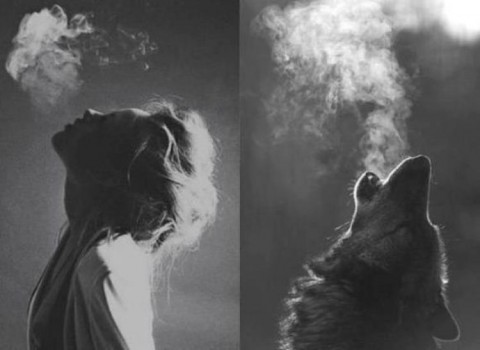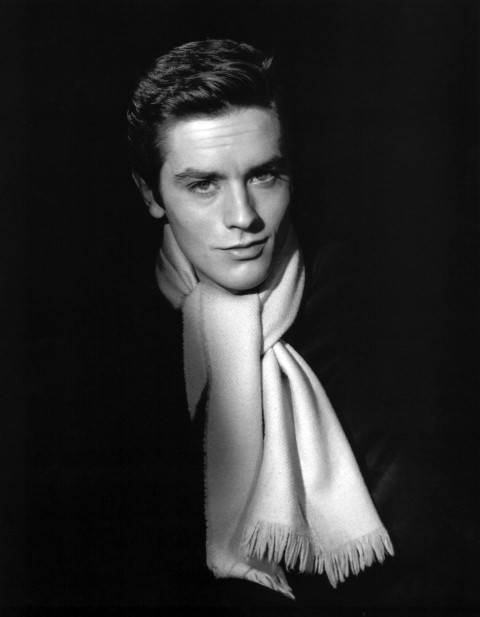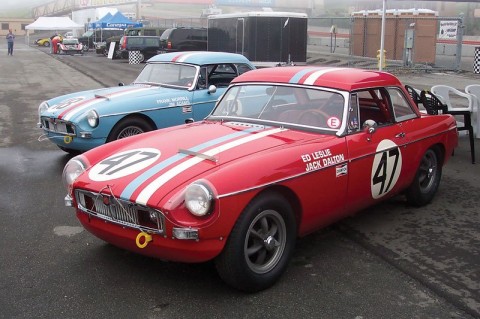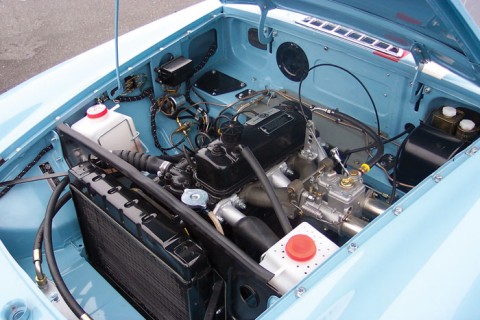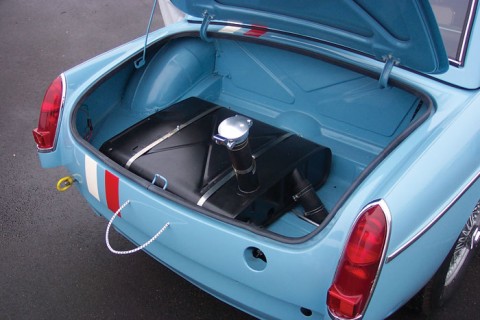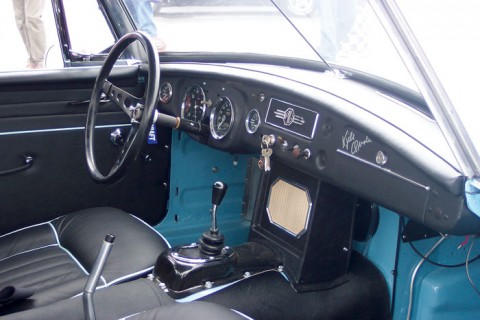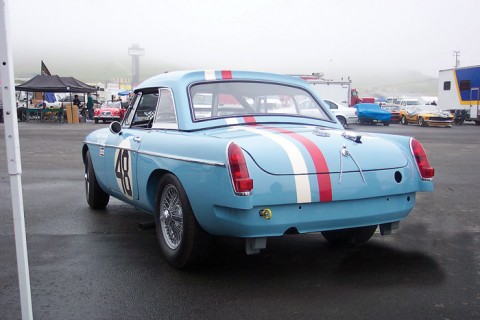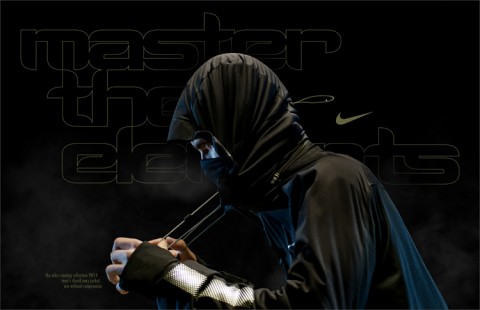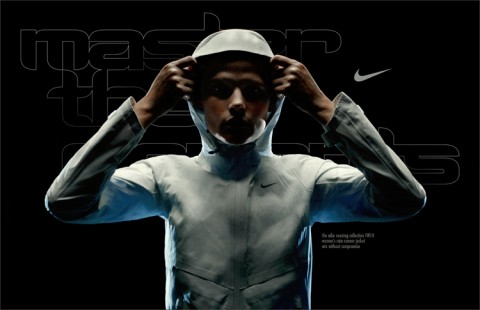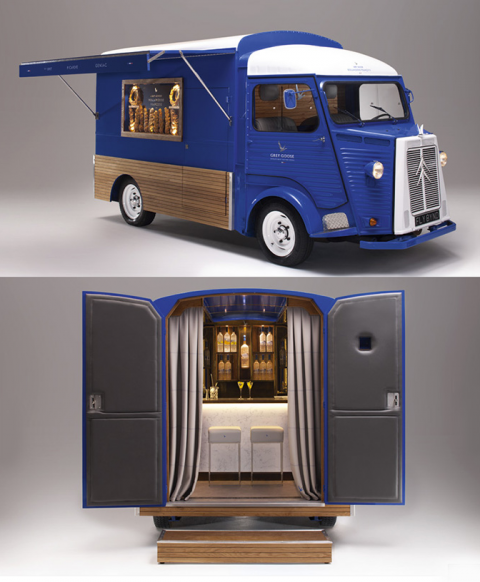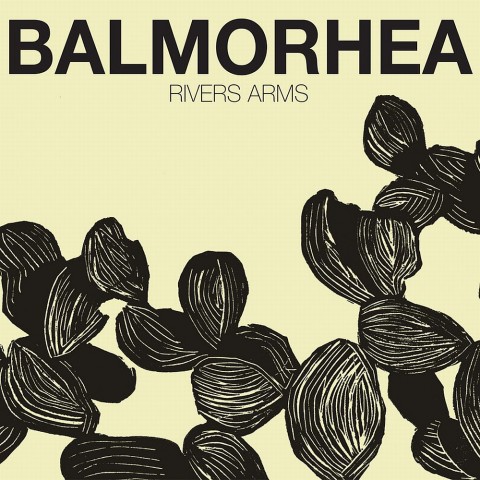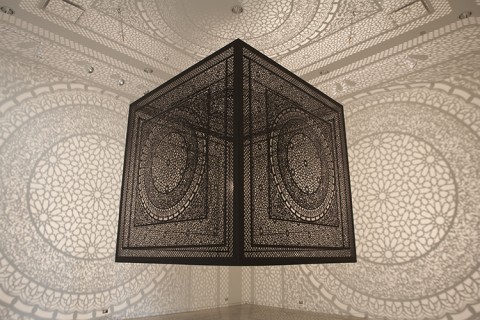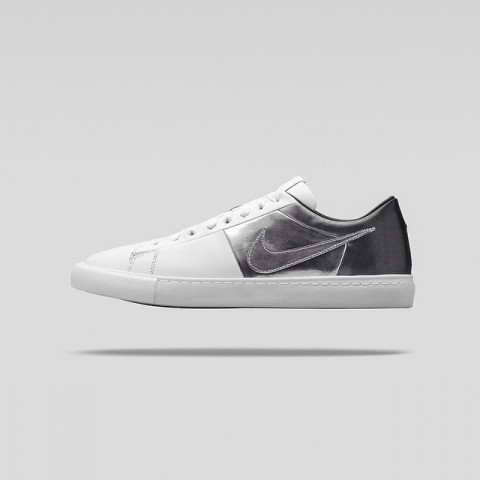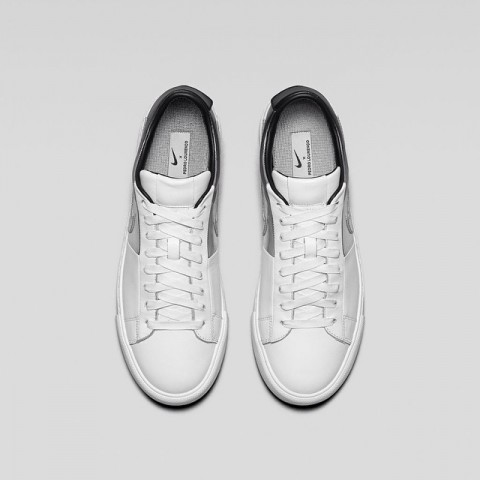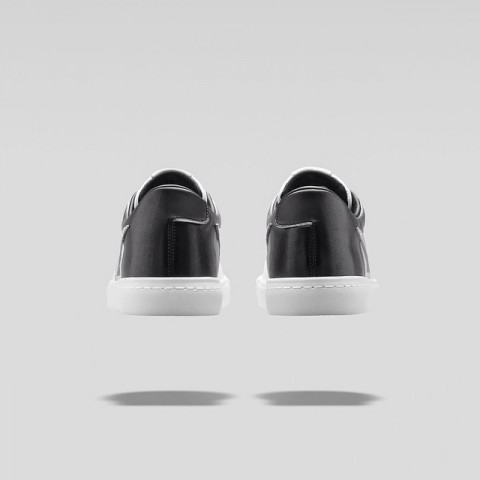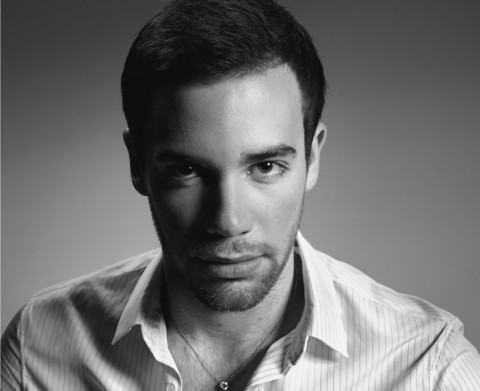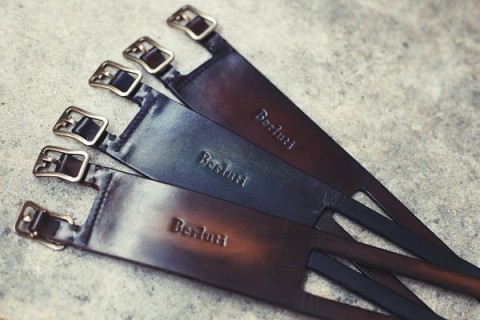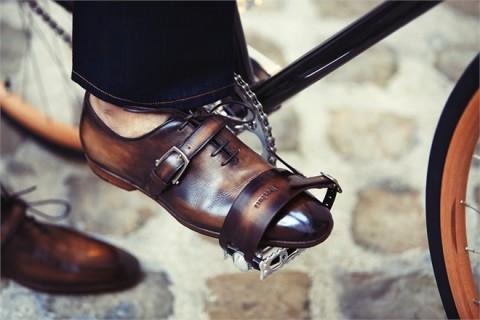it has snowed. the city is beautifully cold. and this is how you end today. (photographer unknown) by kgb
howlin’ wolf
howlin’ for my darling… on a cold and cloudy day by xy
we’re sadly dumping Drobo: recent problems, issues, nightmares
8 bay drobo unit and the 3rd generation drobo 4 bay unit
as you can imagine all this data, material and clips are stored somewhere. that somewhere was a drobo. we’ve been huge fans of drobo from day one. our current 3rd generation drobos served us well for years, and it was a genius solution. they allowed easy upgrades on drives and gave us dual protection we desperately needed with their proprietary RAID software. everyone we knew in the fashion and creative industry used them and swore by them. what we all didn’t know was the nightmare that was awaiting us.
i remember the day we bought our first of 3 drobo’s we now have, i asked the salesperson, “so you guys will continue to be around for some time, right?” i was concerned from day one that this proprietary RAID software could become an issue, simply because its proprietary. for those of you who don’t understand what that means, here it is, the layman’s version:
your drives can be read by your drobo, but once removed from the drobo they become expensive bricks, and your data is forever unreadable. unlike other drives were your data is simply accessible by any enclosure, with your drobo only drobo software can read the data. this is fine as long as drobo stays current with Mac and PC OS updates and continues to solve issues. it’s a problem if they don’t. they kept it running smoothly for years but apparently no more. calls, emails to drobo support have left us with no solution.
were not sure if drobo was originally the brainchild of some wiz who built this great brand, and sold it or left and now the current company couldn’t give a toss about its products that they’ve sold to us all, but its simply a horrible outcome. this is not some tech gadget you can throw away. your life’s work resides here and if you care about your data you should seriously reconsider where you’re going to store it off of the drobo.
drobo known problems and issues: (and you can google this and read others who are pulling their hair out now) – here’s what happened. your drobo icon on your desktop suddenly “greys” out or ghosts. in a few weeks the drobo icon disappears, gone missing from the desktop. drobo simply doesn’t mount. we managed to tap into the data by jerry-rigging it and could see it in apples disc utility but you could not get it to mount. now don’t bother telling drobo about the issues. a) they say they never heard of this and are not aware of it, meaning its an isolated case and b) even when we explained the issue and forwarded them the links to others having the same problem they could not give a damn. we’ve spent over 7 weeks trying to address this with drobo management and since no one but drobo can access the software code or understand it we have no other means to remedy the problem.
the initial calls to support resulted in nothing and we were eventually passed on to higher support via email ticketing.
drobo: “i know this may sound silly but on a new install of a Mac OSX the the connected server drives are hidden until re-enabled through the finder prefs.” we responded by: “yes, naturally this is checked as “on/ active’ in finder”
8 days later pass-the-buck and delay tactics:
drobo: “sorry for the delay. you are not connected to both firewire and Iscsi ? the drobo can only be connected with one option only. how is your IP managed DHCP or static ? whats the subnet mask ? can you tell me the version of your java?” we responded with: “connection: -we are only connected with firewire. IP: – we do not have a static ip for our internet, if that is what you are asking. but i can’t see how this relates to drobo, if the drobo have an ip, please let us know how to check. subnet mask: – we have googled this, but not sure how to find this out, please let us know what to check for and we will do so. java:- we have java 7 update 45”
no response to the above answers that we gave, they then asked us to switch firewire to usb and restart drobo even though we explained that we had our IT on the case and all standard tests were done. then it took them another week in between emails to respond. we had to send an email a week after asking what happened. finally they sent us this response:
drobo: “have you attempted to start from scratch (erase your data) and reconfigure your drop or at least revisit the steps? i would skim through the online users guide to match up screens” (they gave us a link to the drobo manual!!!!! unbelievable)”
getting nowhere with their uninterested staff and delayed tactics, we finally called drobo back via phone. we explained that the physical unit is in perfect condition and that there is clearly an issue now with the OSX updates and drobo proprietary software. we inquired if they were going to update the dashboard software and/or firmware any time soon? and if so in how long? we obviously cant wait for months with this problem… the gentleman told us that as of “yesterday” (i guess they finally realized the problem is wide), drobo will no longer issue updates for this unit and they recommended that we just buy a new one… which of course they will no longer support at some point! really great strategy guys, especially the “as of yesterday we no longer support your unit” line. we will surely spend our next hard earned $1,000+ on your product!!! really disappointing for a company that was so welcomed in our community. we’ve given up on drobo and will be on the search for a simpler system/enclosure. by ts
winter gentleman: alain delon
some winter inspiration from PP’s alter ego monsieur alain delon. by uh
80’s VHS skateboard decks by 5 boro
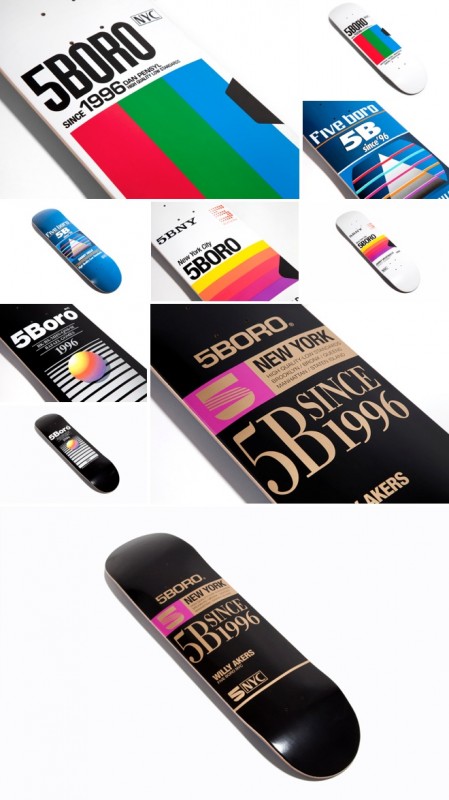
1962 MGB Sebring Roadster
two of the three original MGBs that won the sebring race
special tuning engine – modified
to reduce fueling stops, the MGs were fitted with dual special tuning gas tanks with quick-release le mans-style fuel fillers
the interiors of the cars were very close to stock in appearance, using the original seats, complete with contrasting piping to match the body color
automobile racing was an important part of every automobile company’s marketing program in the ’50s and ’60s. having just introduced its new MGB sports car to the important U.S. market, in the fall of 1962, british motor corporation’s factory team entered two MGBs in the 12 hour florida International grand prix of endurance at sebring in early 1963. what is surprising is that not only that the little MGB achieved success in the race in 1964, but that two of the three original MGBs still survive, and have just been restored to the exact specifications in which they raced that year. if you are an MG fan you are probably familiar with these little devils, and if not you should surely check the history out. lovely little cars to zoom about town. by dd
get your mojo running: nike apparently wins in any condition
win in any condition: men’s shield max jacket
women’s rain runner jacket
killer video and music from nike for some winter time running. suddenly it’s not so cold out there, is it? all you need is an extended version of the track on this clip and you’ll be running for hours. filmed by fashion photographers santiago and mauricio the film is the brain child of new york agency ceft and company.
straight up
we came across one of the finest bars…and it is on wheels. it is the grey goose pop-up bar, currently cruising the streets of edinburgh, scotland. created by interior designer shayne brady, the truck also serves up breads made by pastry chef christophe michalak.
the ts crew is obviously heading to scotland, see ya! for those of you who will not be crossing the atlantic just to get drunk, just go ahead and try out one of greygoose’s signature cocktails. we suggest the one featured in this post. enjoy and drink responsibly. by kgb
the GREY GOOSE® le citron snowfall martini:
GREY GOOSE® Le Citron 1 ½ Parts
MARTINI® Bianco Vermouth ¾ Part
Fresh Lemon Juice ¾ Part
Honey Syrup (equal parts honey & hot water) ½ Part
in our ears
this is ‘theme no.1’ by balmorhea, off their ‘rivers arms’ album. it is rare these days that we come across such ambient, nostalgic, mood moving music. i can put this on repeat, it’s that good.
unfortunately, this youtube video is not the official video for the track but it still delivers the score for you to mellow out to. it also may make you want to watch gus van sant’s ‘good will hunting.’ to hear more checkout their website here. enjoy. by kgb
mixed media: anila quayyum agha
intersections, laser-cut wood, single light bulb, 6.5′ square cube, completed: december 2013, cast shadows: 32’x34′.
anila quayyum agha works in a cross disciplinary fashion with mixed media; creating artwork that explores global politics, cultural multiplicity, mass media, and social and gender roles in our current cultural and global scenario. as a result her artwork is conceptually challenging, producing complicated weaves of thought, artistic action and social experience.
in the ‘intersections’ project, the geometrical patterning in islamic sacred spaces, associated with certitude is explored in a way that reveals it fluidity. the viewer is invited to confront the contradictory nature of all intersections, while simultaneously exploring boundaries. my goal is to explore the binaries of public and private, light and shadow, and static and dynamic by relying on the purity and inner symmetry of geometric design, and the interpretation of the cast shadows. the form of the design and its layered, multidimensional variations will depend both on the space in which it is installed, the arrangement of the installation, and the various paths that individuals take while experiencing the space.
the intersections project takes the seminal experience of exclusion as a woman from a space of community and creativity such as a mosque and translates the complex expressions of both wonder and exclusion that have been my experience while growing up in pakistan. the wooden frieze emulates a pattern from the alhambra, which was poised at the intersection of history, culture and art and was a place where islamic and western discourses, met and co-existed in harmony and served as a testament to the symbiosis of difference. for me the familiarity of the space visited at the alhambra palace and the memories of another time and place from my past, coalesced in creating this project. my intent with this installation was to give substance to mutualism, exploring the binaries of public and private, light and shadow, and static and dynamic. this installation project relies on the purity and inner symmetry of geometric design, the interpretation of the cast shadows and the viewer’s presence within a public space. (source: here) by kgb
this one tips my scale: pedro lourenço + Nike
the white and silver pedro lourenço x nike blazer low. the sole and profile is suspiciously common projects but we love it just the same
one of the 2 colors available, but clearly the one to get. the gold and black (alternative design) are quite nice as well but best suited for those with a little louder taste
nice horizontal detail stitch on the back heels
nikes capsule collection designer pedro lourenco
dreading the hike to the nike lab store but that will be the only place you’ll be able to get your toes on one of these. i guess well just have to do that. nice one. by dd
les cycles victoire: the ultimate bicycle to go with your berlutis
the french bike maker les cycles victoire has certainly made quite a few unusual bikes, all made to measure and personalized… in an age were most bikes are covered with flashy stickers and fluorescent paints., this one is all about pared-down beauty
the berluti edition comes with leather shoe straps to cuddle your loved ones
specially made berluti shoes for your specially made berluti straps
a little about how it’s made
i am personally quite pleased with my british made armstrong 3 speed bike sporting a brown leather brooks seat, a black lacquered bell ring and metal basket. but for a few dollars more you could perhaps go for the french made les cycles victoire berluti edition (available now). and while you are at it, you may want to also pick up the pair of shoes berluti created specifically to go with this bike. after that, if you have any change left, you could then stop off for a cup of new york’s finest 50 cent coffee to complete your look and regain your sense of dignity. just be sure not to park it anywhere near the 5 boroughs. a great bike to store in your loft, but not very practical for the streets. we’re having trouble retaining our $300 brooks seat with out having to chain it down. one could just imagine the vultures descending on this piece of steel and leather ars. that aside it is a beautiful piece of chivalry. by dd
 a visual collective outlet of inspiration
a visual collective outlet of inspiration
